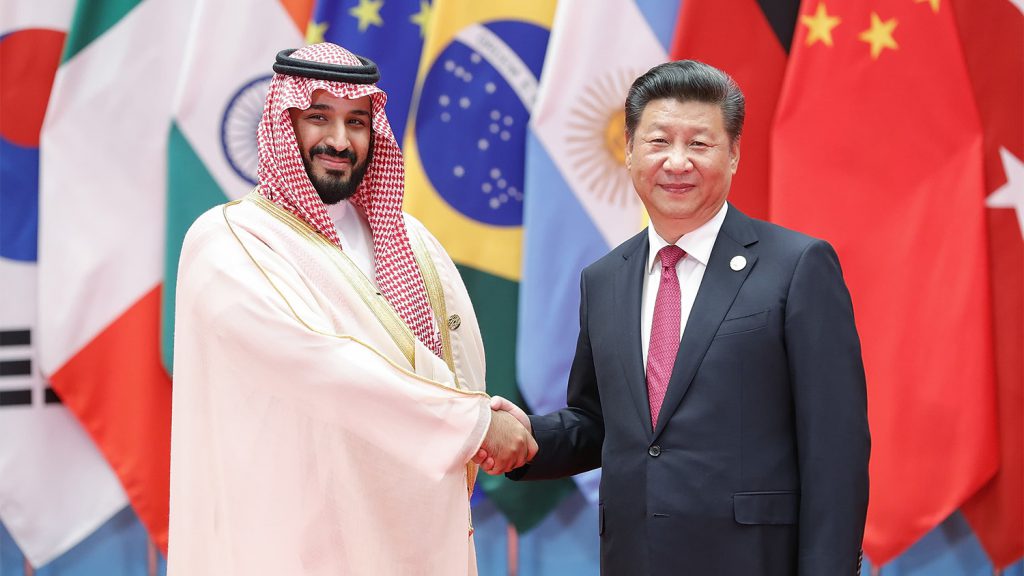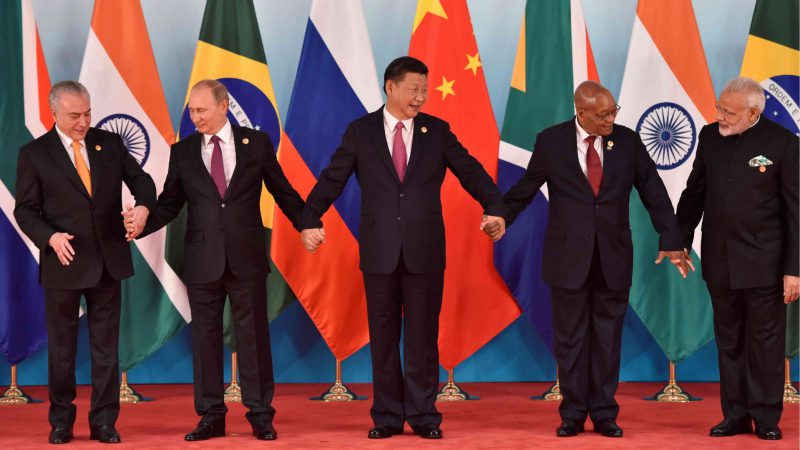The rising prominence of the BRICS bloc has been a notable development so far this year. However, its rapid ascension is nothing new, as the BRICS countries have seen two decades of GDP growth catapult them ahead of the G7 nations.
According to The Spectator Index, in 2002, the G7 countries sported a GDP (PPP) of 42%, a dominant leader in the category, far ahead of the BRICS mere 19%. Alternatively, 2022 has seen the BRICS boast 31% in that same metric, inching ahead of the G7 countries’ 30%.
BRICS Growth Outperforms the G7 Countries
With prominent de-dollarization efforts stemming from Western sanctions placed against Russia, BRICS will be a consistent talking point in 2023. Yet, the bloc has existed for decades, after being first defined by Goldman and Sachs in 2001. Now, it has experienced consistent increases in global power that have crescendoed into true competition with the dominance of the West.
In 2002, there was a clear global powerhouse in the West. Specifically, the GDP (PPP) figures showed the collective of Canada, France, Germany, Italy, Japan, the UK, and the US sporting 42% of the world’s figures. Conversley, the BRICS collective of Brazil, Russia, India, China, and South Africa only maintained 19% of the GDP (PPP).
Fast forward to 2022, and those numbers are drastically different. Specifically, they indicate how the BRICS nation’s two decades of growth have seen it inch ahead of the G7 countries. Indeed, the G7 nations are slightly below the BRICS countries, with 30% and 31% GDP, respectively.
Could the Gap Widen?


What makes this notion even more interesting is how the trajectory continues. Both countries have seen a deviating pattern of growth within their economic alliance. For the G7 countries, a 12% drop in GDP is a noted difference from the BRICS‘ 12% growth in that same time span.
However, for the BRICS bloc, expansion is becoming more likely by the day, becoming a matter of when, as opposed to if. Therefore, the GDP figures could see a gap continue to widen. Countries like Saudi Arabia and Indonesia have all expressed interest in joining the bloc. Subsequently, they could bring their $1.06 trillion and $1.39 trillion in GDP with them, respectively.
Additionally, countries like the United Arab Emirates (UAE), boasting a $499 billion GDP, and Argentina’s $641 billion GDP should continue to help the growth rate. Eventually, this could lead to conversations about just how large the difference in GDP could become between the two economic blocs.
Then, driven more so by the fact that the G7 nations are not expected to grow. Thus, it could be harmed by the lack of economic interaction between the West and countries joining the BRICS.





